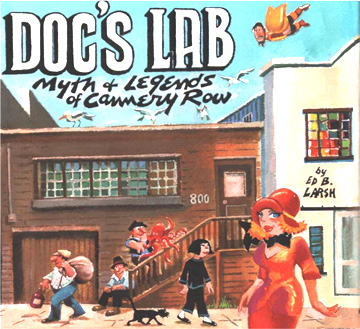

Ricketts was the inspiration for the character “Doc” in Cannery Row, although he wasn’t called Doc in real life. In 1930, Steinbeck met Ed Ricketts, an accomplished marine biologist who operated the Pacific Biological Laboratory at 800 Cannery Row. Sweet Thursday, the sequel to Cannery Row, was published in 1954. Tortilla Flat (1935) received the California Commonwealth Club’s Gold Medal for best novel by a California author and marked a turning point in Steinbeck’s career.Ĭannery Row (1945), one of Steinbeck’s best and most widely read fictional works, immortalized Cannery Row as a one-of-a-kind neighborhood of fish packing plants, bordellos and flophouses, and made it the most famous street in America. Living in Pacific Grove, in a house owned by his father, Steinbeck wrote stories spiced with the vibrant tales of cannery workers and roughnecks he knew.Ĭannery Row ignited Steinbeck’s imagination, and his affection for the colorful mix of people there influenced a number of stories and characters. Steinbeck’s strong personal attachment to Monterey was perhaps inevitable. They lived in Pacific Grove next to Cannery Row, where much of the material for his books was gathered. He married his first wife, Carol Henning, in 1930. He graduated from Salinas High School in 1919 and attended Stanford University, about 90 miles north of the Monterey Peninsula. Steinbeck was born about 30 miles from Cannery Row in Salinas, California, on February 27, 1902. Seventeen of his works, including Cannery Row (1945), The Pearl (1947) and East of Eden (1955), were made into Hollywood movies. He won the Pulitzer Prize for his novel Grapes of Wrath (1939), highlighting the lives of migrant farm workers in the Salinas Valley, and was awarded the Nobel Prize for Literature in 1962. John Steinbeck is one of the best-known and most revered American literary figures.


 0 kommentar(er)
0 kommentar(er)
